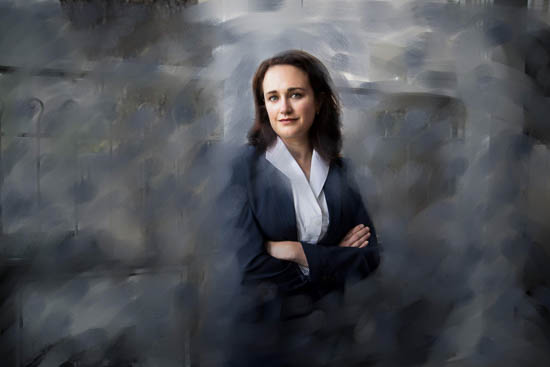Photography Has Advanced and Photographers Really need to Meet up with Technologies

Photography has undergone a massive transformation in the last few many years. From film rolls and darkrooms to mirrorless cameras and AI enhancing, the evolution is speedy and relentless. What was once an analog craft now leans intensely in to the digital realm, and for many photographers, this shift presents both of those chance and problem. Those who are unsuccessful to adapt danger becoming still left at the rear of within a competitive industry exactly where staying latest is important. Understanding how pictures has advanced is the first step in recognizing the necessity of being aligned with these days’s chopping-edge resources and practices.
Up to now, a photographer’s ability was calculated mainly by their power to function with guide configurations, lighting, movie styles, and Actual physical prints. Creating photos required chemical knowledge and access to a darkroom. Nevertheless, digital cameras disrupted the established order, making pictures far more obtainable and less highly-priced. With the increase of DSLRs and mirrorless systems, photographers no more essential film or growth labs. Quick graphic previews, bigger ISO capabilities, and massive storage possibilities intended photographers could shoot much more, experiment freely, and master a lot quicker. But this digital boom also launched new difficulties—competition enhanced, and simply possessing a superb digicam was now not sufficient to jump out.
Today, the images field is deeply intertwined with technology. AI-pushed enhancing instruments like Lightroom’s issue masking or Photoshop’s generative fill have redefined submit-processing. Platforms like Skylum Luminar and Topaz Labs present noise reduction and image upscaling that could are already unachievable a decade back. Even smartphones, when mocked by industry experts, now produce substantial-resolution RAW visuals and provide Sophisticated attributes like portrait method, evening pictures, and real-time HDR. The enjoying discipline has shifted dramatically, and traditionalists will have to take that newer technological know-how frequently improves rather then diminishes the artwork of images.
Further than hardware and computer software, technological know-how now dictates how photographers link with shoppers and expand their enterprises. Social websites platforms, Search engine optimization-optimized Web sites, read further and automatic reserving methods are essential for marketing and advertising and outreach. Google My Company profiles, geotagged pics, and on the web reviews typically figure out whether or not a consumer chooses a single photographer about An additional. Professionals who remain offline or count read further solely on term-of-mouth advertising and marketing Restrict their publicity and likely development. Embracing these digital applications doesn’t just assistance photographers continue to be appropriate—it permits them to operate smarter and access broader audiences much more successfully.
The rise of AI in pictures is particularly transformative. business headshots Artificial intelligence can now review facial options to auto-correct lighting, sleek pores and skin, and also swap backgrounds in just one click. AI-driven culling computer software helps photographers sift through Many pictures, selecting the right photographs depending on expression, sharpness, and composition. In-studio, AI-enhanced lighting systems immediately alter publicity and harmony dependant upon issue place. These resources don’t switch the photographer's Resourceful eye—they amplify it. Individuals that invest time check for more in Understanding AI features get a competitive edge in equally velocity and high-quality.
In conclusion, pictures is now not just about mastering the shutter or figuring out the golden hour. It’s about adaptability. The craft has grown to be a dynamic combination of art, science, and technological innovation. Photographers who are willing to evolve—who learn new software, spend here money on smarter equipment, and embrace AI and electronic advertising—are far better positioned for very long-expression success. The ones who resist, clinging to outdated methods or dismissing technological tendencies, could shortly uncover themselves irrelevant in a fast-paced visual world. To stay competitive and artistic, photographers should don't just keep up Together with the evolution of images—they have to guide it.